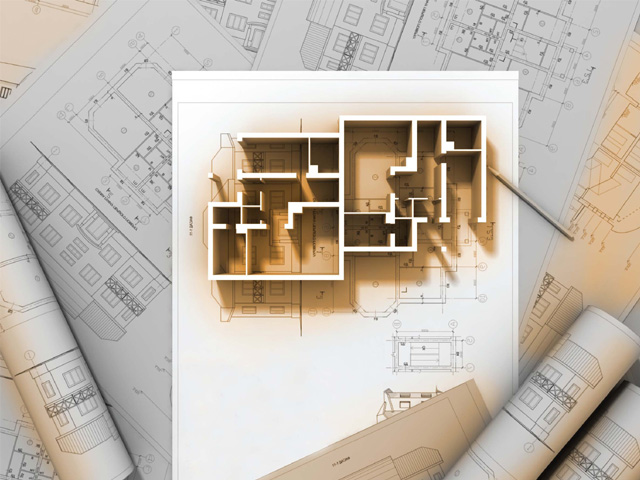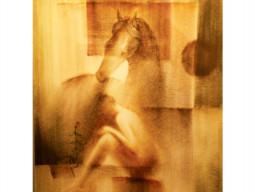
Noor was giving a presentation on how architecture and its history are taught, at the first History Group conference 2013 organised by NED University’s department of architecture and planning, on Saturday.
Take, for example, said Noor, the ‘high-end’ approach. “We pick up good examples and present it to the students here so that they learn how building, design principles have evolved over time,” he said. The only problem is that there is a certain tendency among these young people to find quick solutions. They pick it up and try to replicate it and call the end-product “inspired” by the original.
“But it is more of a pastiche,” he remarked. “This results in confusion - on who we are and what we are trying to say.” This is related to a sense of placelessness. “There might be something that comes out of our history but it’s not our history.”
When Noor was a student in the 1980s, a discussion of the identity of Pakistani architecture emerged when the first Aga Khan Award for Architecture was presented at Lahore. “I remember that at that time, one of the movements or the ideas that emerged form this was of Anjuman Mimaran [Architects’ Guild],” he said.
The guild was formed in 1988 in Lahore by a group of architects, engineers and building craftsmen. They wanted to “restor[e] the historical link between architect and craftsman”. At first they thought that they should open a school of building arts, but realized that first they had to focus on research and sharing. Thus, each year, they chose a subject and organized field study tours, public seminars and exhibitions. From 1989 to 1993 they looked at Hindu Temples from the 7th to 10th century Shahiya period, the Sultanate Period architecture in Pakistan, its historic towns and other urban and contemporary traditions.
They managed to get 83-year old master mason Ustad Haji Abdul Aziz to teach topics such as arches, domes, minarets. Ustad Saif-ur-Rahman held workshops on Naqqashi or fresco painting. Ustad Rasheed Butt passed on his knowledge of calligraphy.
For Noor, the anjuman is a good example of how in 25 years, learning resources could be built so we didn’t have to necessarily just use a Western model of education. Students would have a body of knowledge that was indigenous. “The crisis of Pakistani architectural identity – the Western education elite model… the people wanted something, which had nothing to do with history but what we supplied has not derived from our own history.”
Another institution Noor mentioned that has also moved away from the Western model is Hast-o-Neest, the Institute of Traditional Studies and Arts, in Lahore. The formal process includes study circles, modular courses and workshops in Art (Calligraphy, Illumination-miniature, and Quran Maqamaat), Architecture and the Intellectual Tradition (Quran, Burhan and Irfan), and Languages (Farsi and Arabic). It is places like these that could inspire other institutions in Pakistan. As Noor conclude: “Architecture schools should shift from classical [Western] history to [help students] learn from [our] own tradition.”
For further details: lestariheritage.net/Pakistan and hastoneest.com
Published in The Express Tribune, October 7th, 2013.
COMMENTS (1)
Comments are moderated and generally will be posted if they are on-topic and not abusive.
For more information, please see our Comments FAQ







































Good article; really, really pathetic, sensationalist headline that completely misrepresents the article.